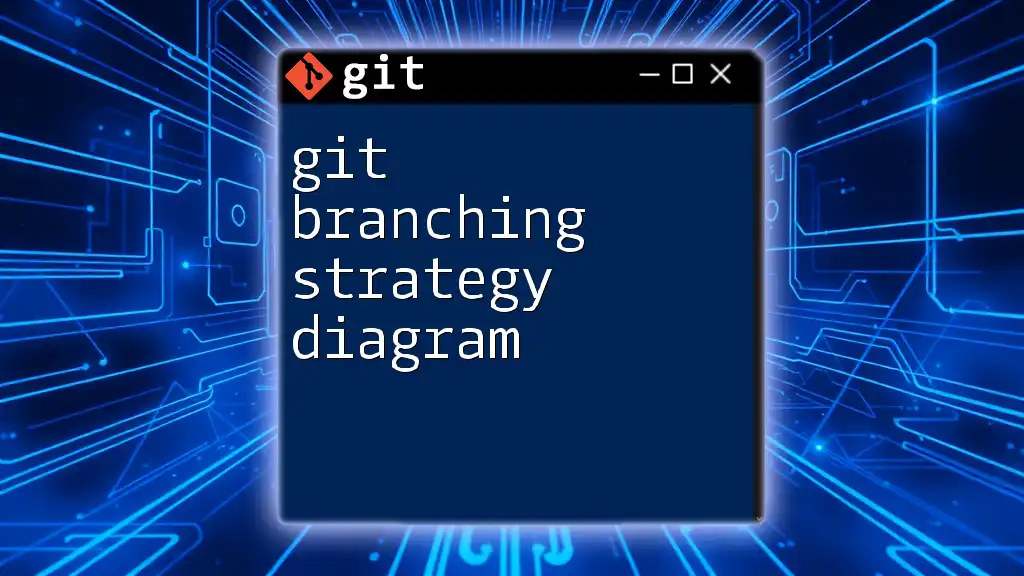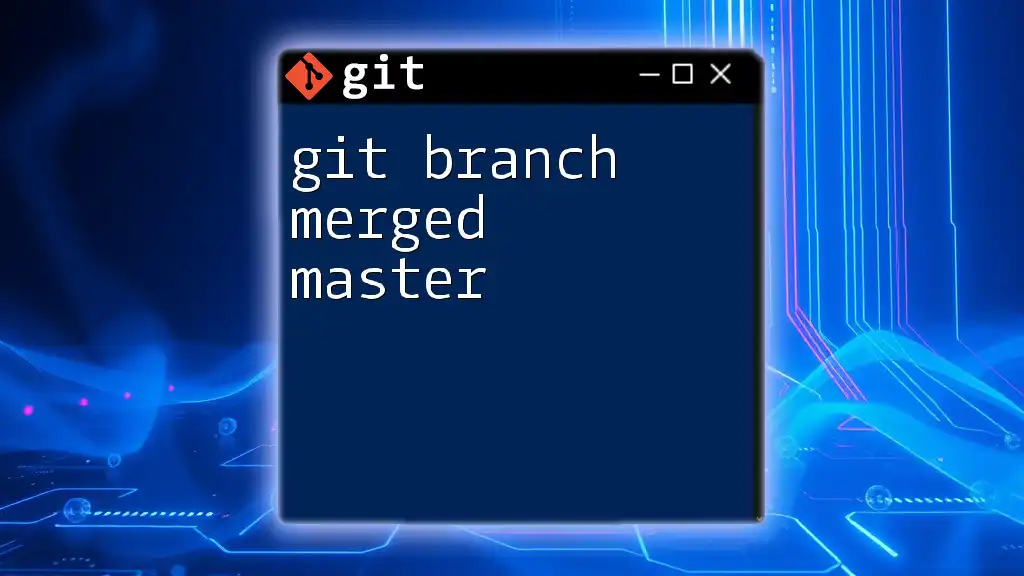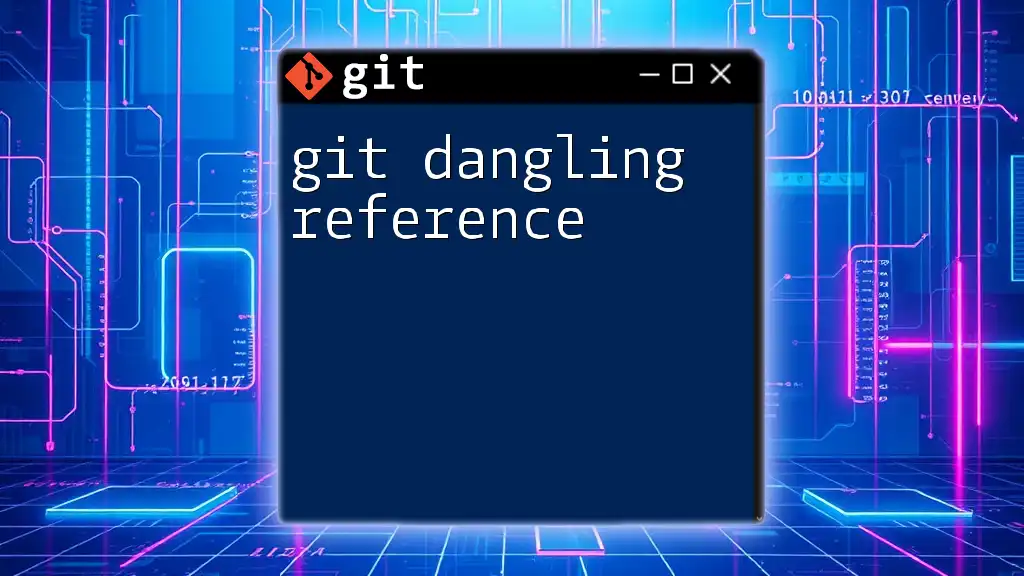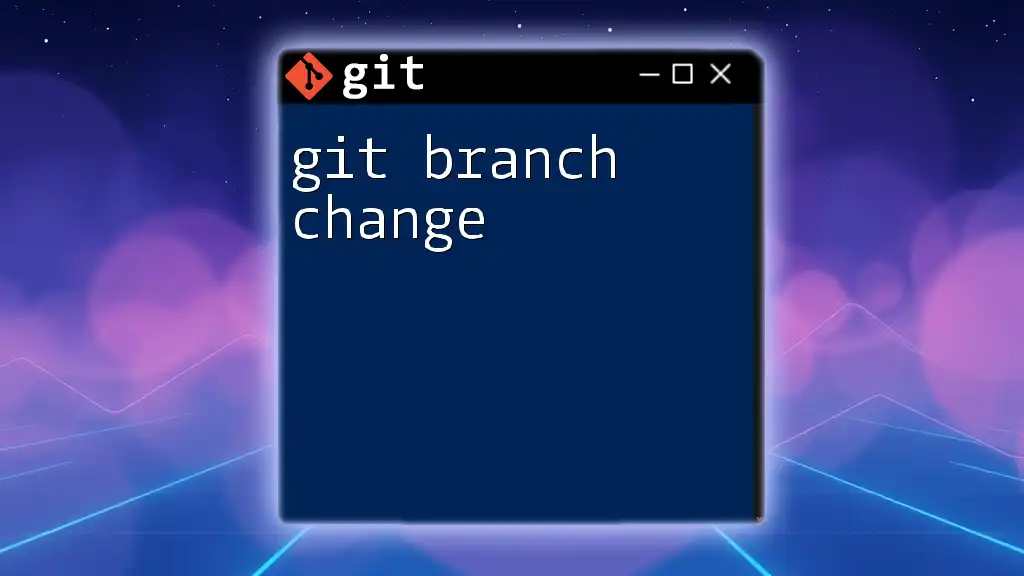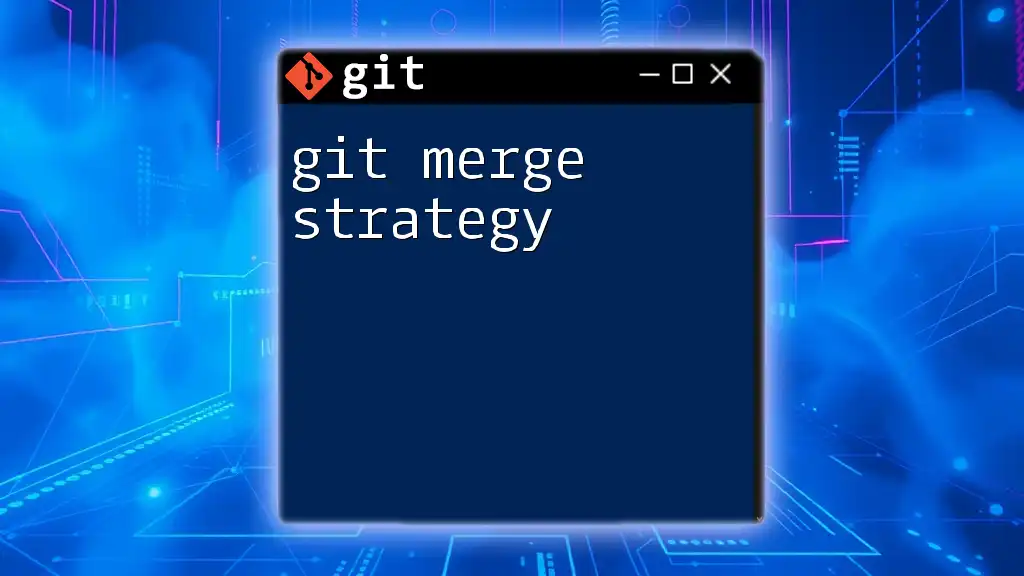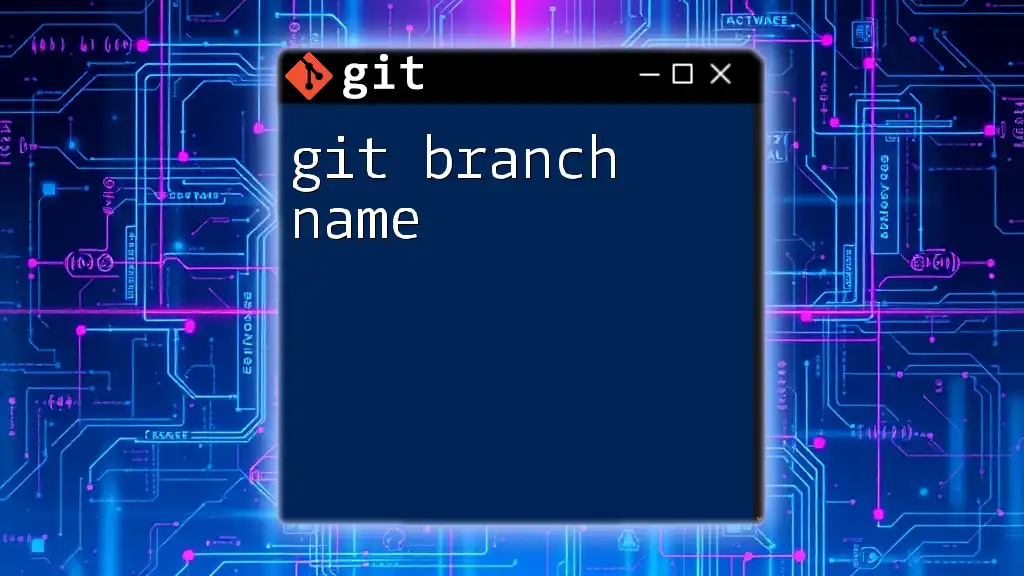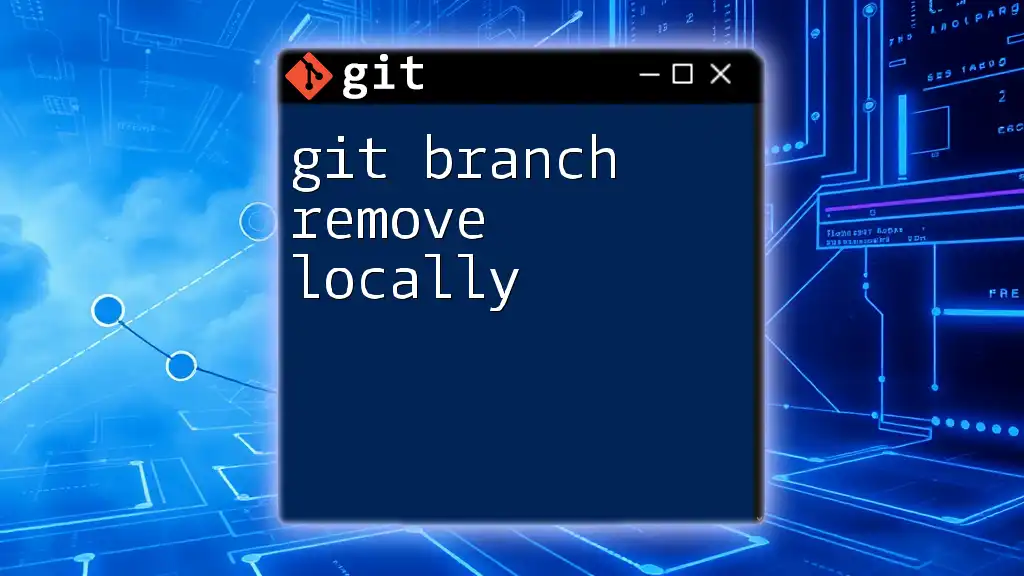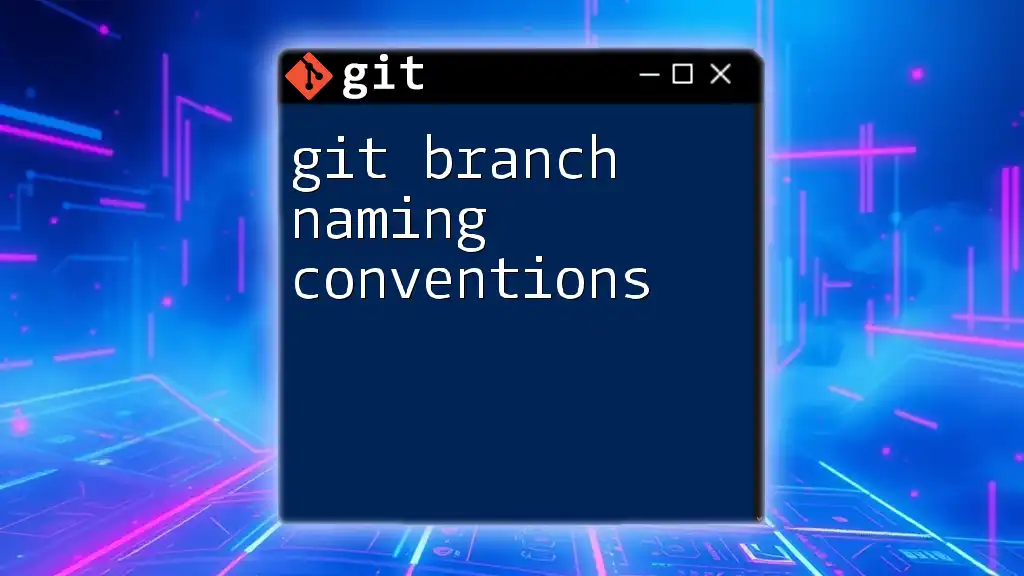A Git branching strategy diagram visually represents how branches in a Git repository are structured and managed, providing clarity on workflows and feature development cycles.
Here's a code snippet to illustrate the creation of a new branch and switching to it:
git checkout -b new-feature
Understanding Git Branching Strategies
What is a Branching Strategy?
A branching strategy is a defined approach that teams adopt for managing work and code changes within a Git repository. It dictates how branches are created, merged, and maintained throughout the development lifecycle. Having a clear branching strategy enhances collaboration and minimizes conflicts among team members by providing a structured workflow.
Common Branching Strategies
Feature Branching
Feature branching is a common strategy where developers create a new branch for each new feature or functional change. This approach allows developers to work independently before merging their work back into the main codebase.
Benefits:
- Isolates development work.
- Enables simultaneous progress on multiple features.
- Reduces the risk of destabilizing the main branch.
When to Use It:
Use feature branching when collaborating in teams on multiple features concurrently or when you want to experiment without affecting the production code.
Git Flow
Git Flow is a robust branching strategy that offers a rich set of branch types, each serving a specific purpose in the development cycle. It typically employs a main branch for production-ready code, a develop branch for ongoing development, and feature branches for specific work items.
Diagrams and visual aids illustrate the Git Flow model effectively. Each branch plays a role:
- Main Branch: Contains the official release history.
- Develop Branch: An integration branch for features.
- Feature Branches: Used for developing individual features.
- Release Branches: Prepare for production releases.
- Hotfix Branches: Quick fixes in production without disrupting the work in progress.
Benefits and Limitations:
Git Flow provides a well-defined workflow but can become cumbersome for small projects or teams with rapid iteration cycles.
GitHub Flow
GitHub Flow simplifies the branching model significantly. It consists of only a few types of branches, usually centered around the main branch and feature branches.
Description:
- Developers create a new branch for each feature or bug fix.
- Once the work is complete, they open a pull request for code review.
- After approval, the changes are merged back into the main branch.
Scenarios Where GitHub Flow is Best Suited:
Ideal for continuous delivery models and smaller teams, GitHub Flow emphasizes simplicity and collaboration.
Trunk-Based Development
Trunk-based development focuses on keeping a single shared branch (also known as the trunk) where all developers integrate their changes.
Definition and Principles:
- Developers frequently commit small updates to the trunk.
- Feature flags or toggles are often used to enable or disable features for production.
Advantages and Scenarios:
Trunk-based development allows for rapid iterations and reduces the overhead of managing multiple long-lived branches, making it ideal for agile environments.
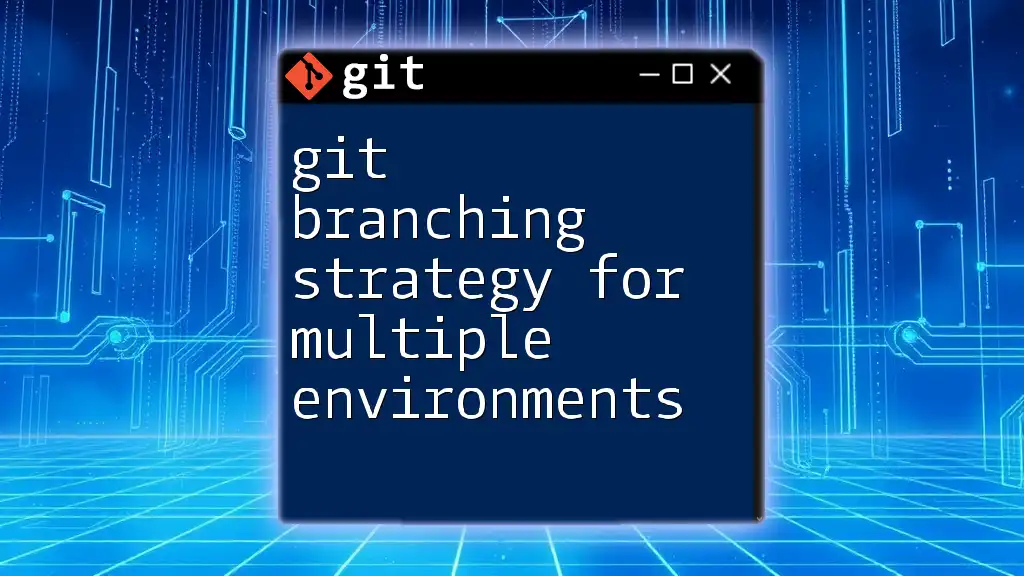
The Git Branching Strategy Diagram
What is a Branching Strategy Diagram?
A Git branching strategy diagram visually represents the structure and workflow of your branching model. It serves as a roadmap for developers, making it easier to understand how branches interact and are managed throughout the project lifecycle.
Components of the Branching Strategy Diagram
Branches
In a typical Git branching strategy, you will encounter several key branch types:
- Main Branch: This is your stable production branch.
- Develop Branch: A staging area for features before they go live.
- Feature Branches: These branches are created for new features being developed.
- Release Branches and Hotfix Branches: These ensure that you can manage releases and urgent fixes effectively.
Visual aids depicting these branches clarify their roles and relationships.
Merges and Pull Requests
Merging plays a crucial role in integrating code changes from one branch to another. By using commands like:
git merge feature-branch
or
git pull origin main
your team can elevate code from feature branches into the main or develop branches efficiently. Setting up a pull request system can facilitate code reviews and peer feedback, enhancing code quality.
Release Process
The release process can be complex but is essential for delivering stable software. Your branching diagram should illustrate how you create a release branch, prepare it for production, and merge back into main and develop branches after deployment. Implementing a structured workflow can help ensure reliable releases while allowing for ongoing development.
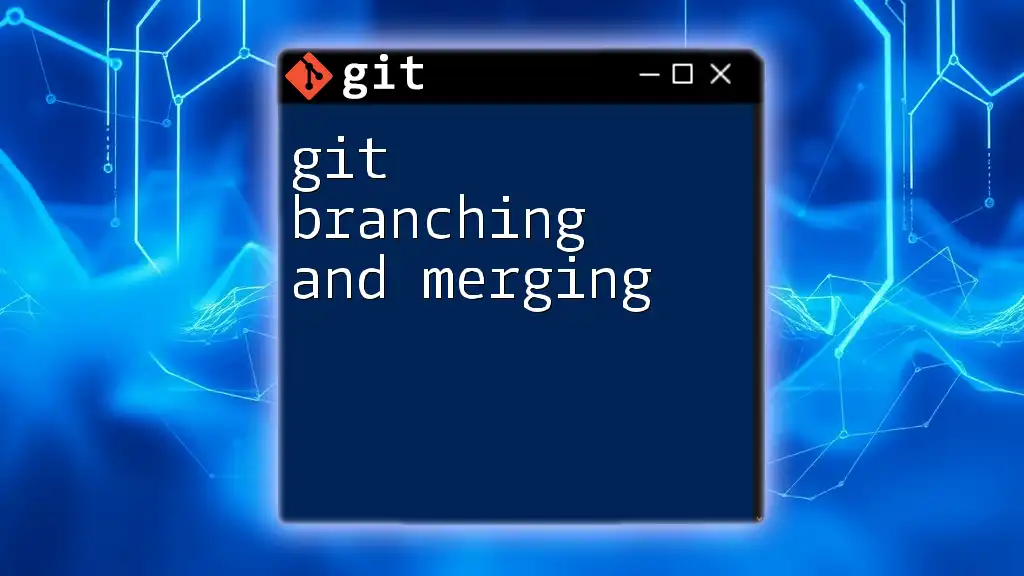
Creating Your Own Git Branching Strategy Diagram
Steps to Create an Effective Diagram
To create a useful Git branching strategy diagram:
-
Identify Project Requirements and Workflows: Understand the nuances of your project to tailor your strategy.
-
Determine Which Branching Strategy to Implement: Choose between strategies like Git Flow or Feature Branching based on team size and project complexity.
-
Use Tools and Software for Diagram Creation: Utilize tools like Lucidchart, Draw.io, or the Git Graph extension in VS Code to visualize your strategy effectively.
-
Incorporate Team Feedback: Share the draft diagram with your team to refine it and ensure it meets everyone’s needs.
Example Diagram
An example branching strategy diagram would depict the relationships between branch types—indicating how features flow from development into release and ultimately into production.
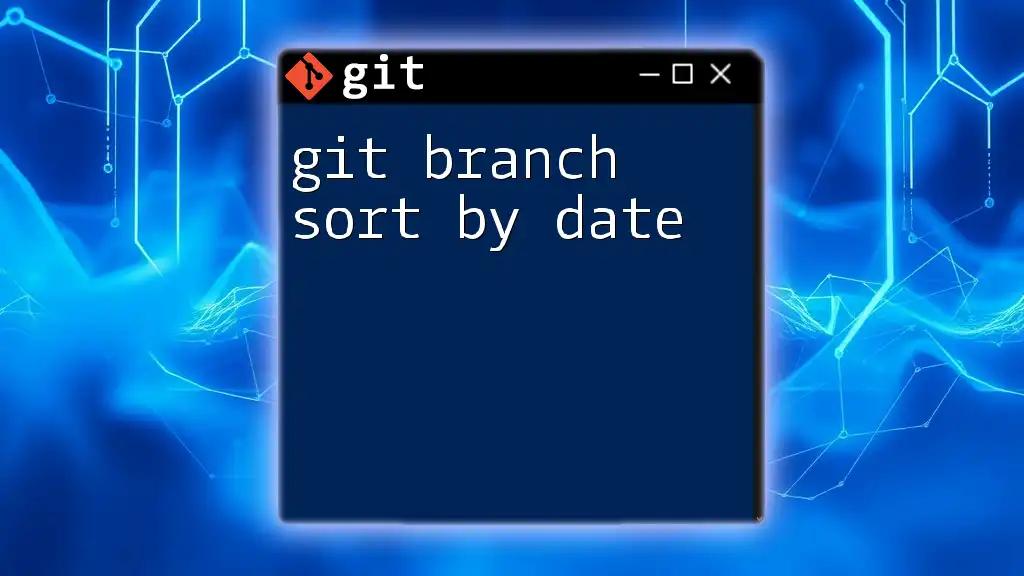
Best Practices for Branching Strategies
Consistency Across Teams
Establishing a unified branching strategy within your team prevents confusion and helps to maintain project integrity. Keeping documentation of your branching strategy can make onboarding new team members easier and ensure everyone is on the same page.
Frequent Merges
Encouraging regular merges helps reduce the chances of large merge conflicts. Teams should aim to integrate changes back into the develop or main branches frequently, fostering cohesion and collaboration.
Clear Naming Conventions
Establishing clear naming conventions for branches promotes organization and clarity. For example, using prefixes like `feature/` or `bugfix/` helps team members quickly identify the purpose of a branch.
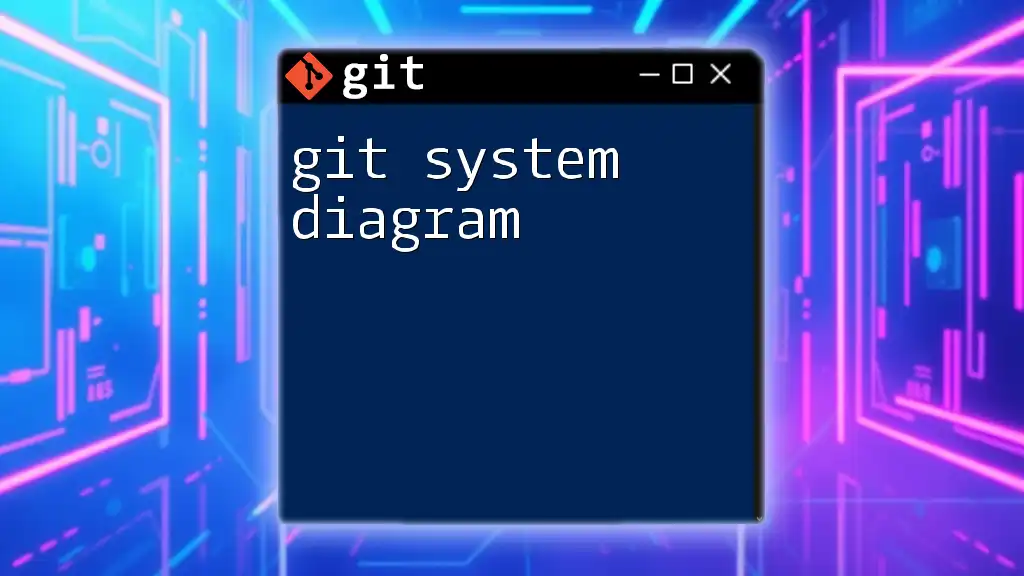
Conclusion
In conclusion, understanding and implementing an effective Git branching strategy diagram is crucial for any development team. This structured approach to branching not only enhances collaboration but also ensures code quality and project reliability. By following the strategies discussed and creating your diagram, you can streamline your workflow and enable your team to work more efficiently.
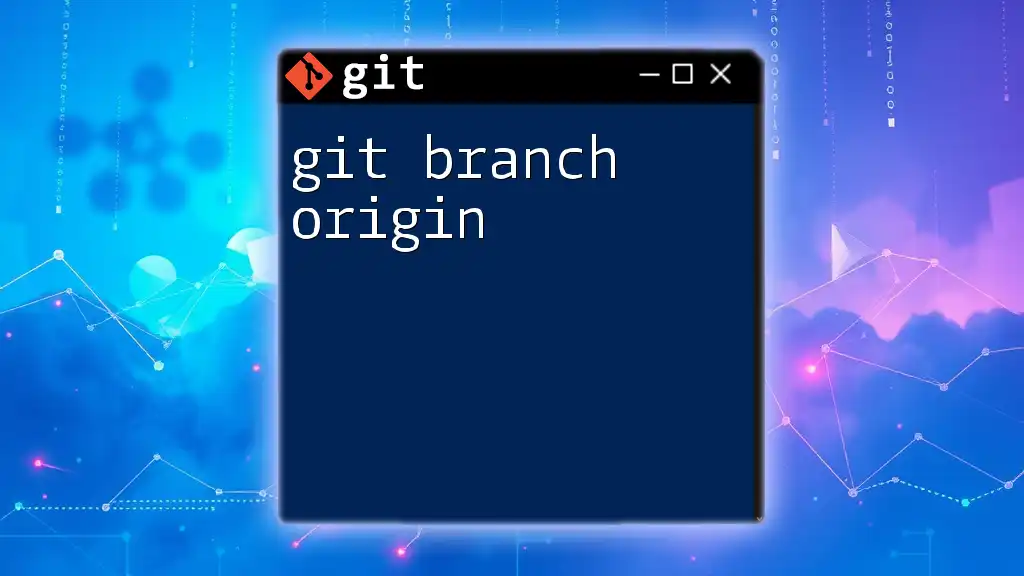
Call to Action
Now that you're equipped with insights on creating a Git branching strategy diagram, why not take the next step? Join our training sessions to dive deeper into Git commands and workflows. Feel free to download our free Git branching strategy guide for further assistance in implementing these practices in your projects!

